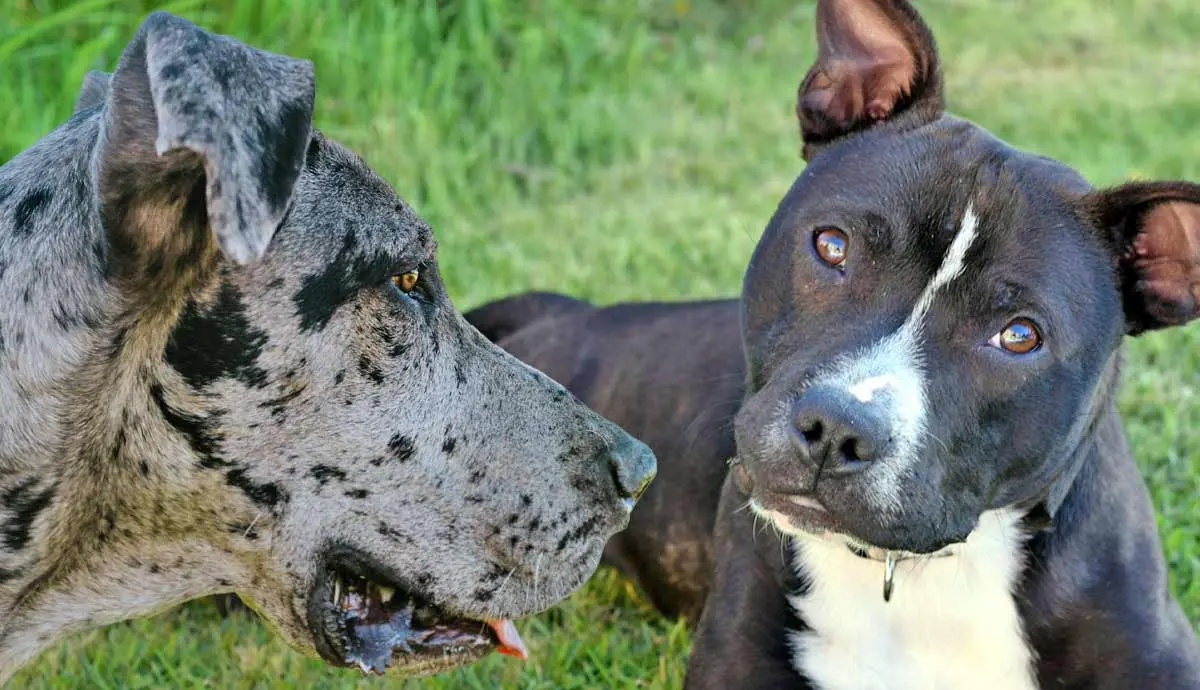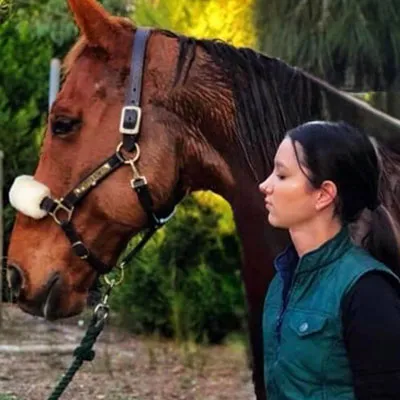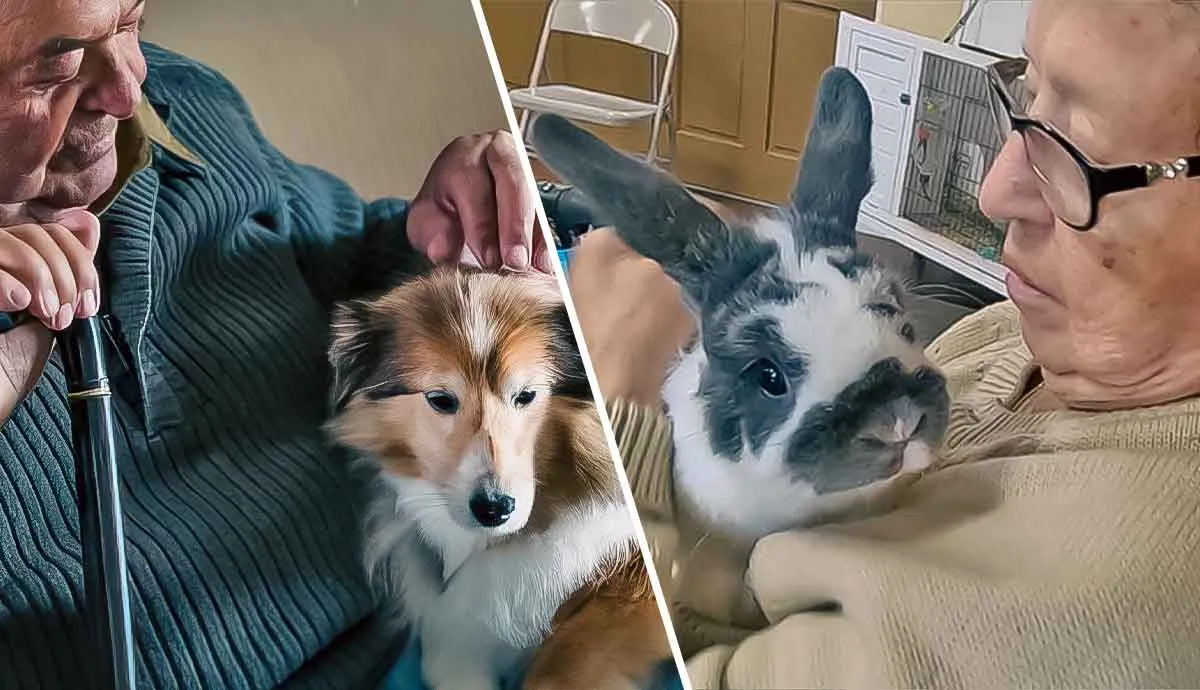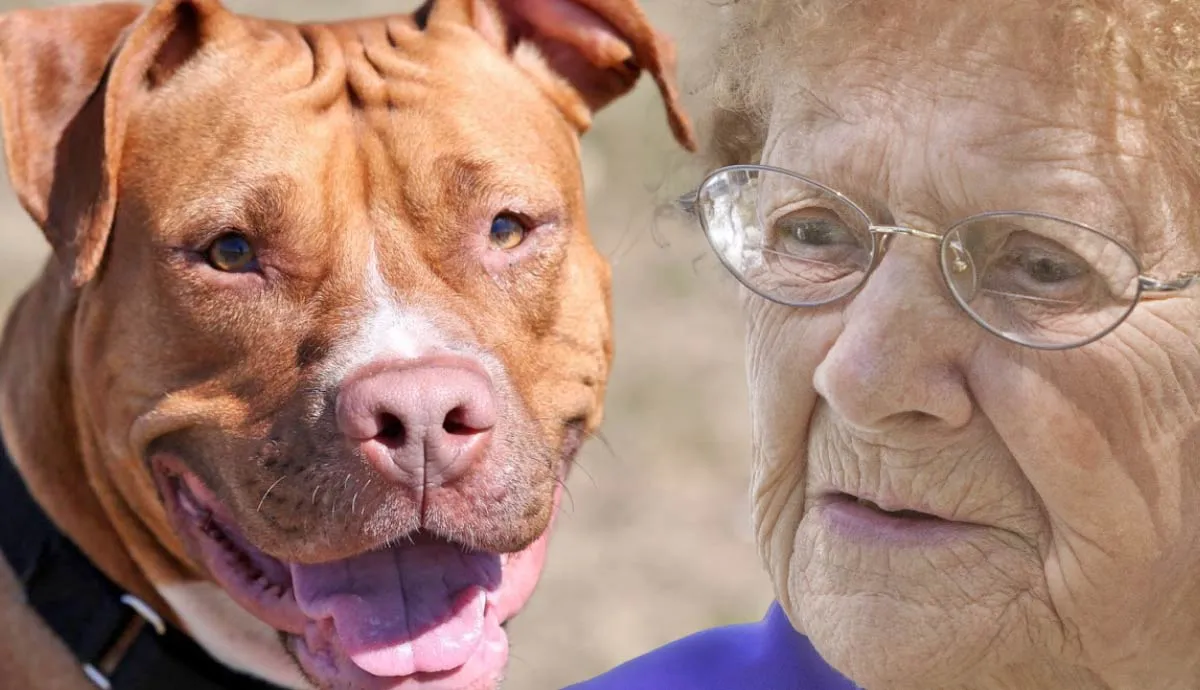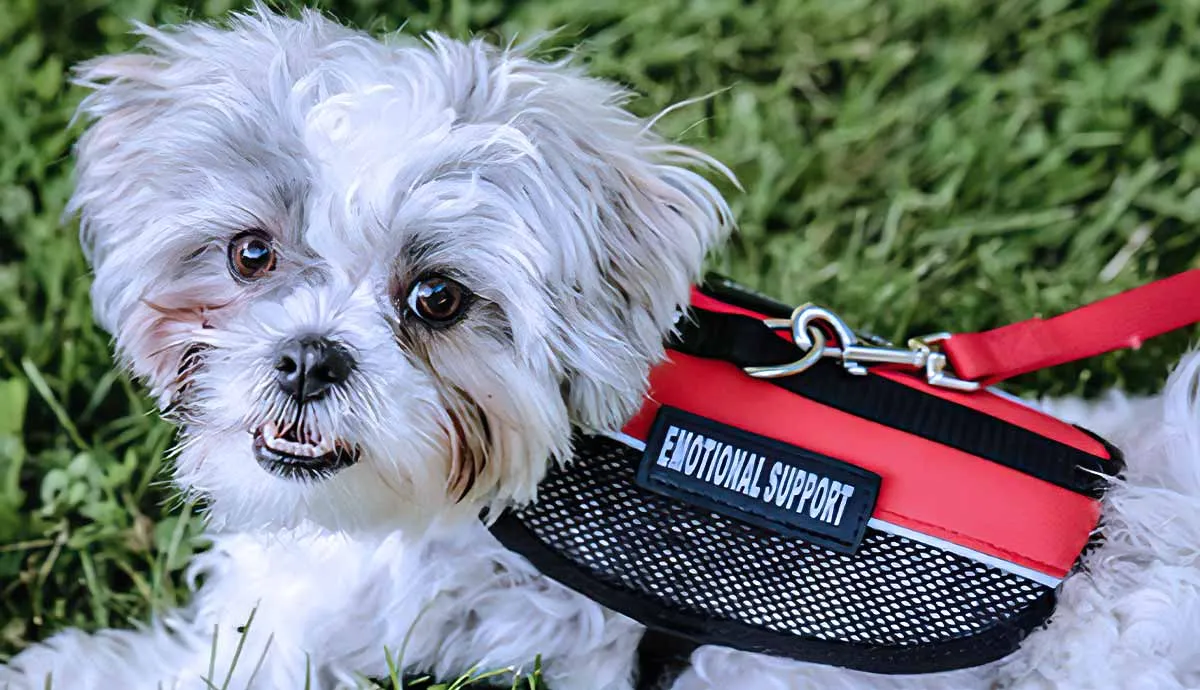Service dogs play an important role in the everyday lives of individuals living with disabilities. They assist in providing physical and emotional support, as well as enhancing independence and quality of life. Among the many breeds used for this super important job, the most popular include German Shepherds, Great Danes, American Staffordshire Terriers, Golden Retrievers, and Poodles.
These popular choices stand out because of their unique abilities and characteristics. In this guide, we will take a look at why these breeds are well-suited for service dog roles.
5. German Shepherds
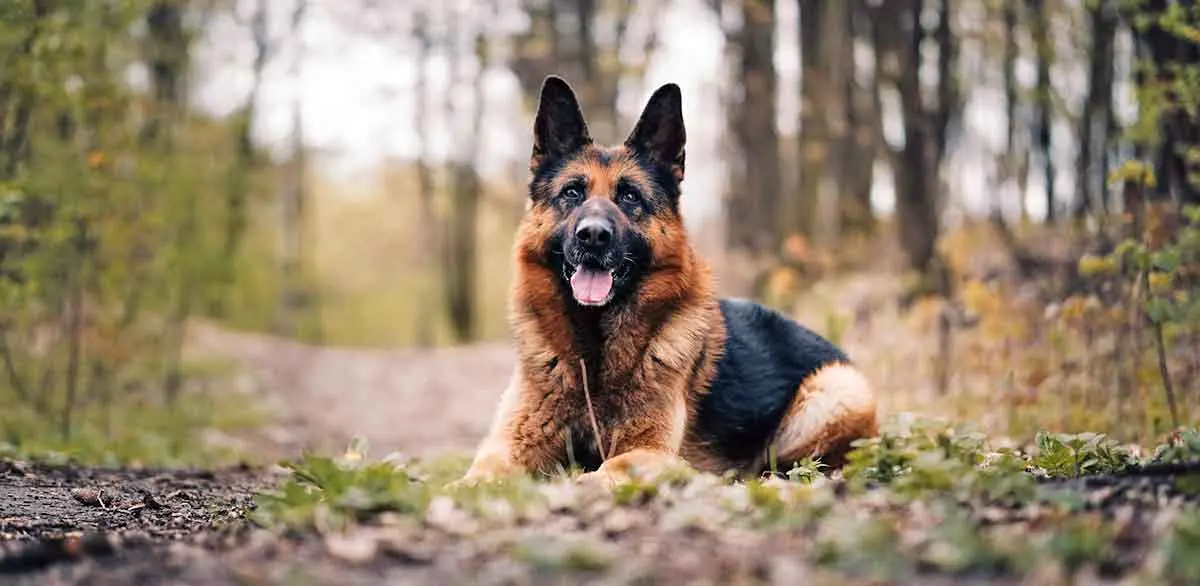
German Shepherds are highly intelligent, loyal, and versatile canine companions, long known for their roles as working dogs. They have a very strong work ethic with a high “biddability,” meaning they take direction well and aim to please their handlers.
German Shepherds excel in roles such as guide dogs, mobility assistance dogs, and search and rescue dogs. Training for German Shepherds is all about socialization, obedience training, and specialized task training that has been tailored to the handler’s needs.
These dogs make great service animals as they are large enough to help with any mobility issues. People love just how genuine and kind these dogs are in general, and toward those who need a little help in their day-to-day lives.
There are many reasons why German Shepherds consistently rank as one of the most popular breeds in the United States. They’re excellent companions, guide dogs, and family members.
4. Great Danes
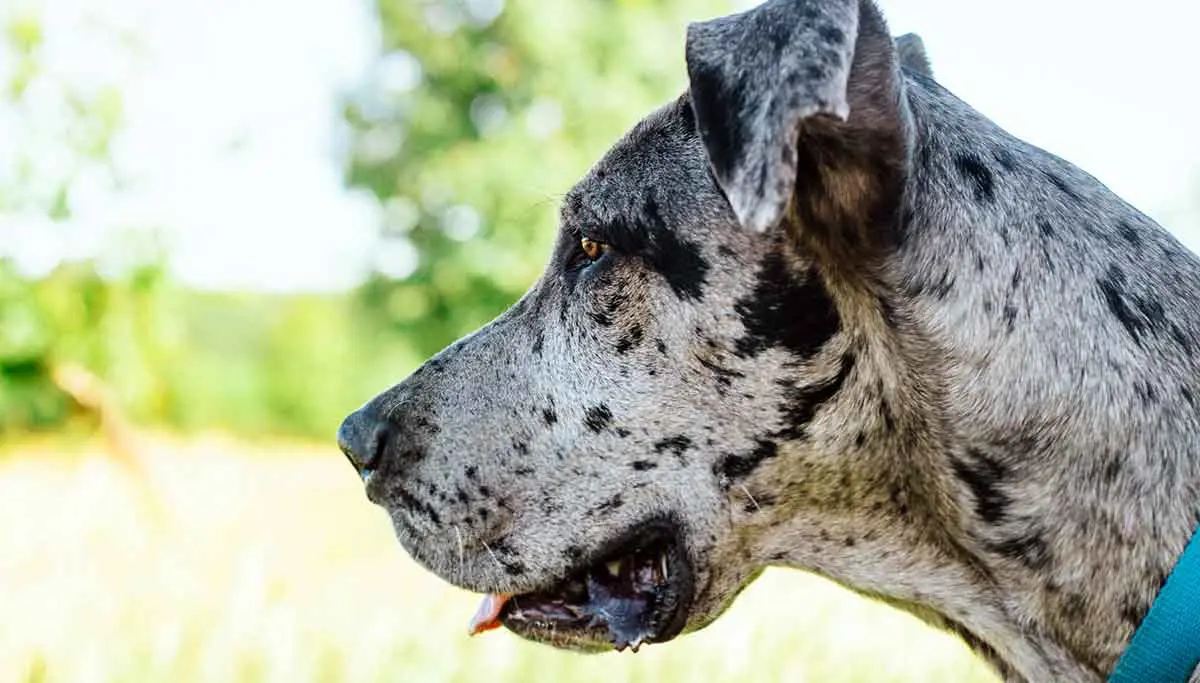
Great Danes are very well-known for their incredibly gentle and affectionate nature. Despite being a large dog breed, they are so quiet, down to earth, and caring––making them absolutely perfect for comforting people in need. They are very calm and patient dogs, which makes them entirely beneficial for tasks that require emotional support and stability.
Great Danes excel in roles such as mobility assistance dogs, therapy dogs, and service dogs for people with post-traumatic stress disorder (PTSD). Training Great Danes involves socialization, obedience training, and specialized task training tailored to the needs of the individual they will be supporting. These dogs are absolutely fantastic for providing physical support and comfort to the people they service.
It is important to get your Great Dane trained from an early age to make sure they can do the job correctly and proficiently. The more training your dog has, the more helpful your Great Dane will be as a service dog.
3. American Staffordshire Terriers
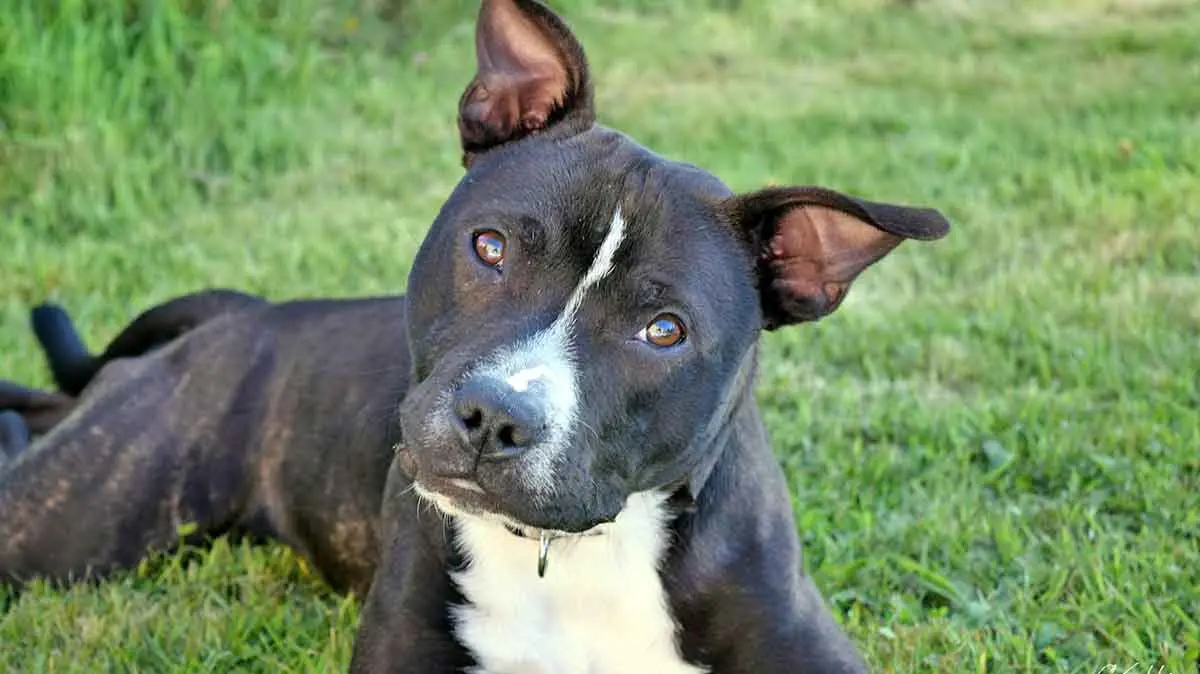
American Staffordshire Terriers, often lovingly referred to as AmStaffs, are pups that are known for their strength, loyalty, and intelligence. They have a very strong desire to please their owners and are highly trainable, which is essential for tasks where they need to be obedient and reliable.
American Staffordshire Terriers excel in roles as psychiatric service dogs, emotional support dogs, and search and rescue dogs. Training for these very special dogs involves a lot of early socialization, obedience training, and positive reinforcement.
While these dogs may not be the first choice for many people, each dog is different. A socialized, trained American Staffordshire Terrier can serve as both a great service dog and loyal companion.
2. Golden Retrievers

Golden Retrievers are known across the globe for their friendly and gentle temperaments. This makes them some of the best companions around for individuals who need emotional support, companionship, and service dog help. They are some of the most trainable breeds you can find, and they are very eager to please.
These traits are obviously essential for tasks that require obedience and reliability on a daily basis. Golden Retrievers excel in roles such as guide dogs for the visually impaired, mobility assistance dogs, and therapy dogs. As with any dog, training a Golden Retriever involves socialization and obedience training.
It may also include helping retrieve objects (such as pill bottles) and offering emotional support to their owners.
1. Poodles
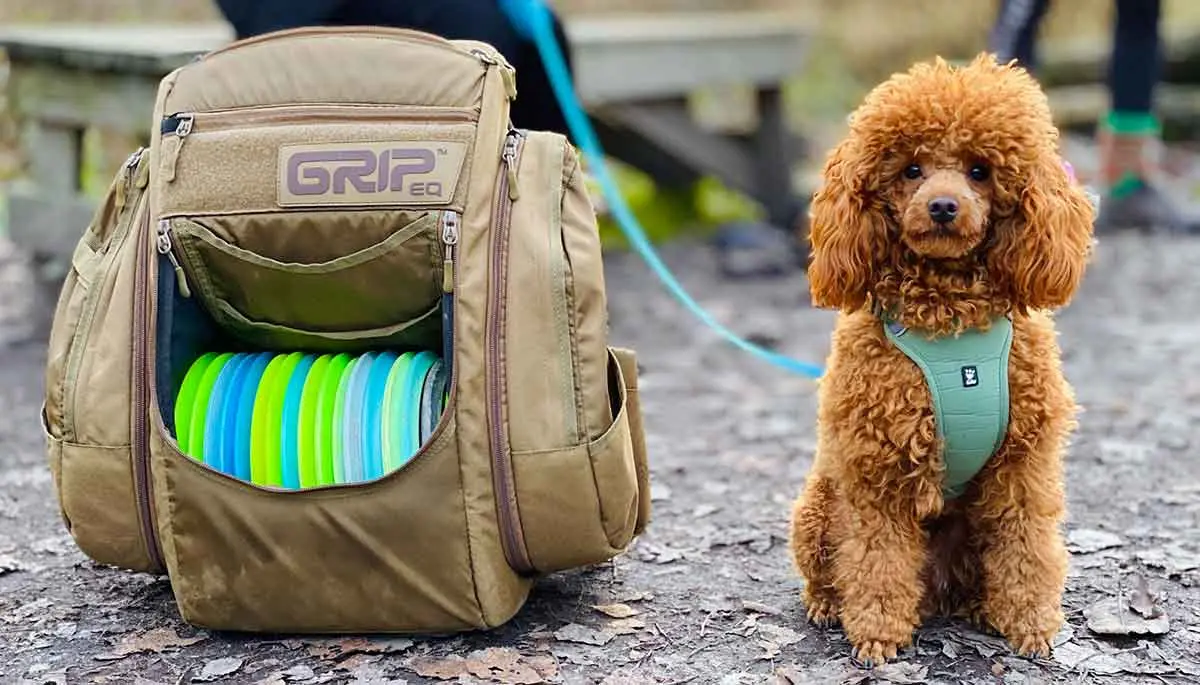
Poodles are highly intelligent, kind, and helpful hypoallergenic dogs with high biddability. They come in a variety of sizes, from toy to standard, offering versatility for different service dog roles and living arrangements.
Poodles absolutely excel in roles as guide dogs, mobility assistance dogs, and psychiatric service dogs due to their innate intelligence, curiosity, and kind nature. Training to be a service dog is all about early and consistent socialization, obedience training, and specialized task training. This could include retrieving, guiding, and providing emotional support.
The Training Process for Service Dogs
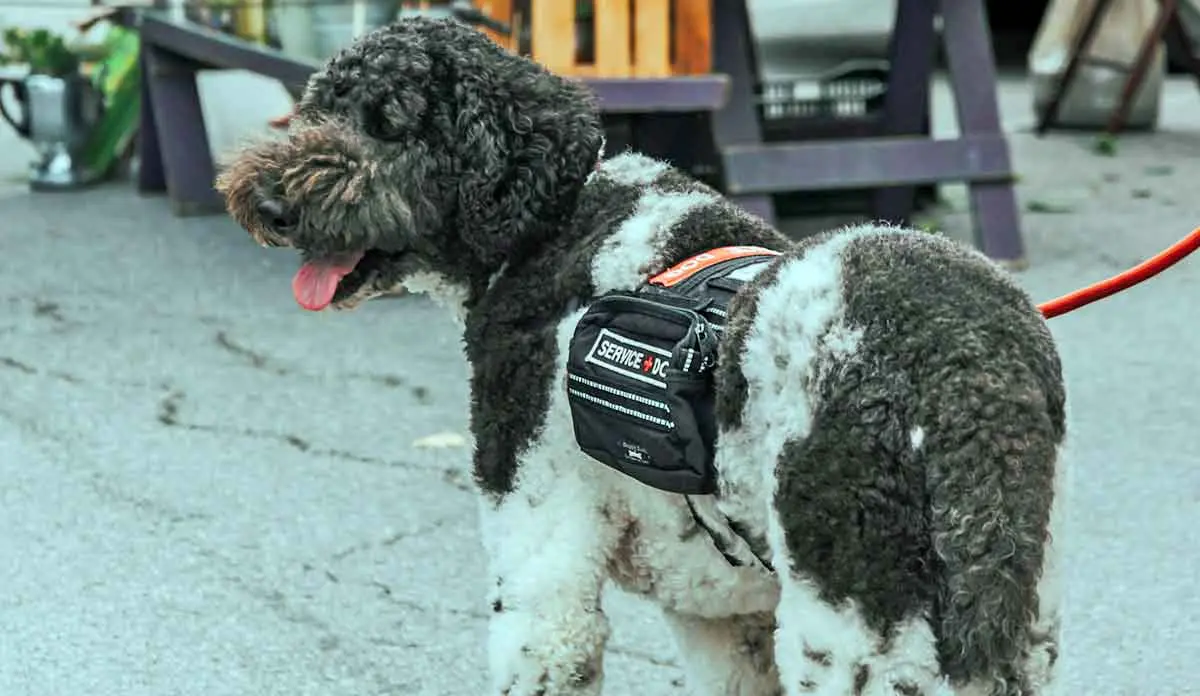
Anyone can train and own a service dog. Yet, dogs that help with specialized tasks (such as guiding a blind individual) undergo a rigorous, comprehensive training process that starts when they’re just weeks old. This may include:
- Exposing the dog to unfamiliar settings, such as airports. Service dogs must undergo intensive socialization from a young age to ensure that they are confident and comfortable in various environments and around different people and animals. It helps to prevent fearfulness, anxiety, and aggression in unfamiliar situations.
- Obedience training: Service dogs must learn basic obedience commands such as sit, stay, come, and heel. From there, they learn more advanced commands tailored to their specific roles. Obedience training lays the foundation for effective communication between the dog and their handler.
- Task training: Service dogs receive specialized task training that is tailored directly to the needs of their handlers. This can include retrieving items, opening doors, alerting to medical emergencies, or providing balance and stability.
The fact is, with targeted training and positive reinforcement, any dog can be a service animal!
